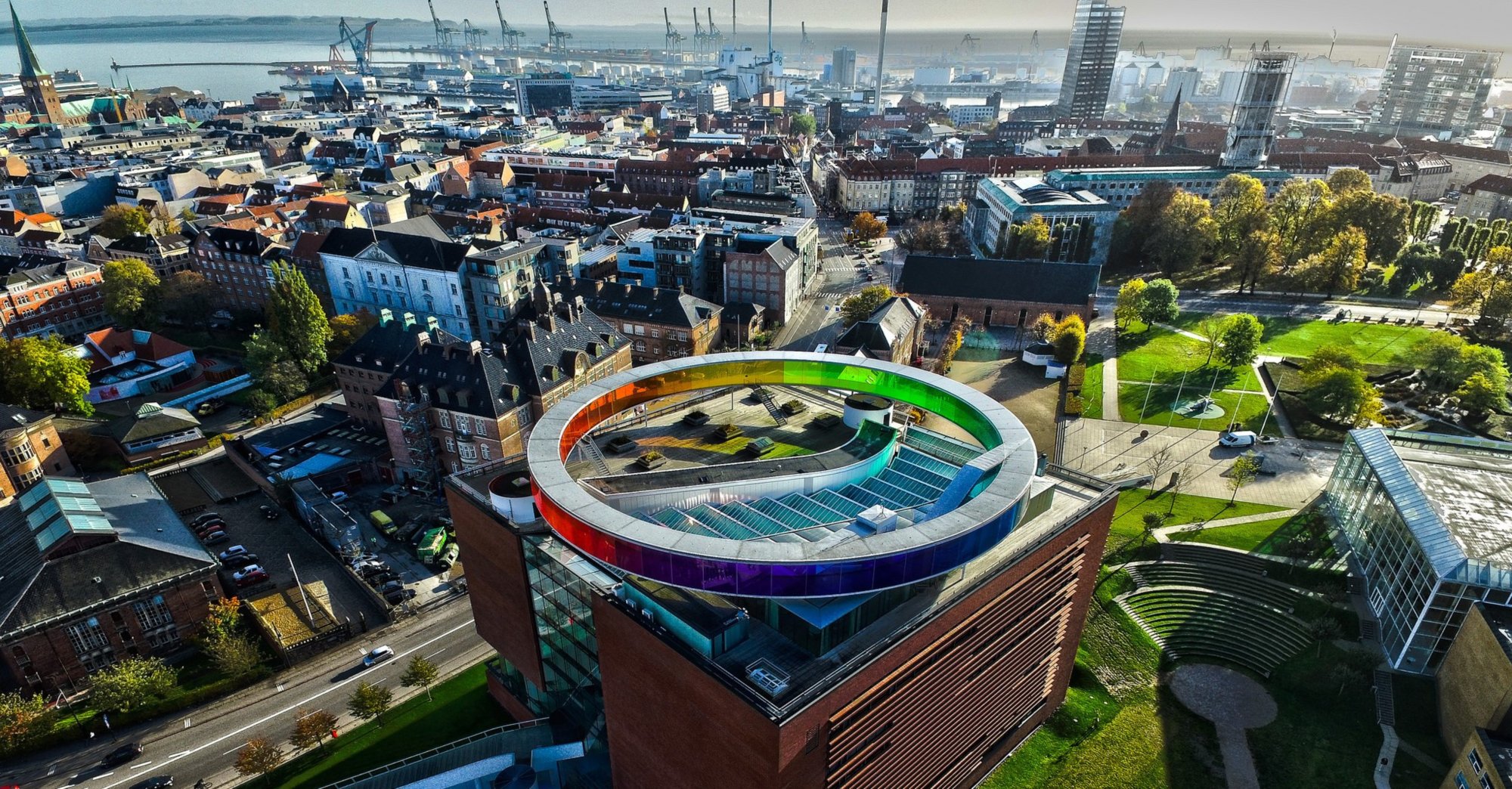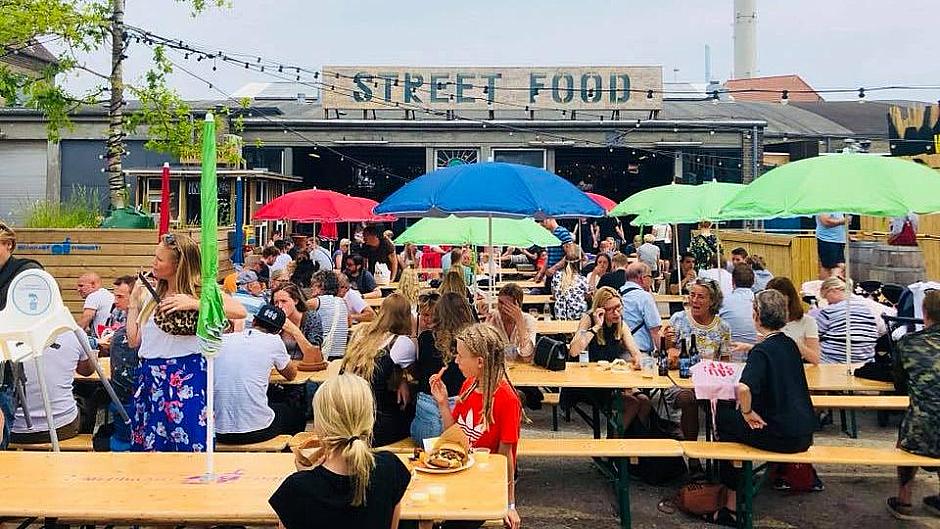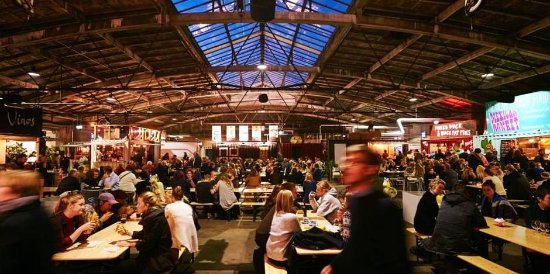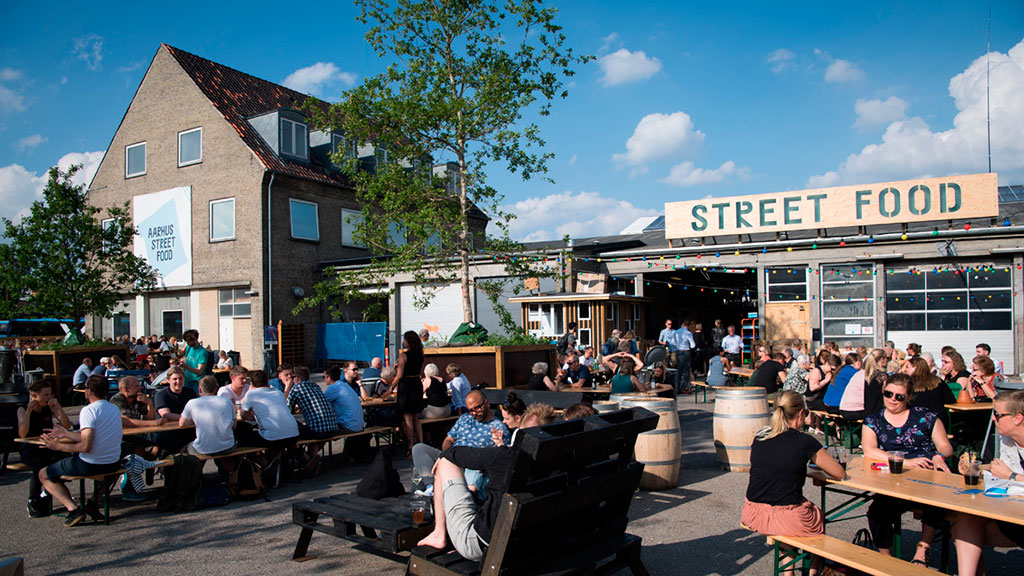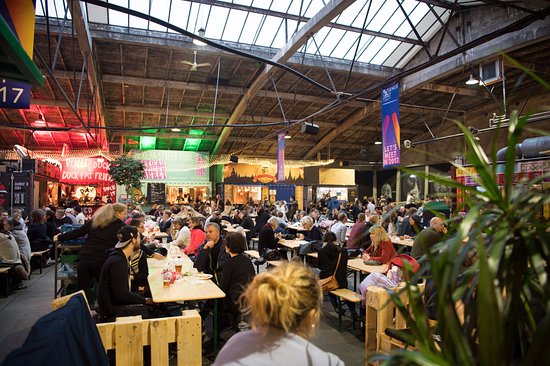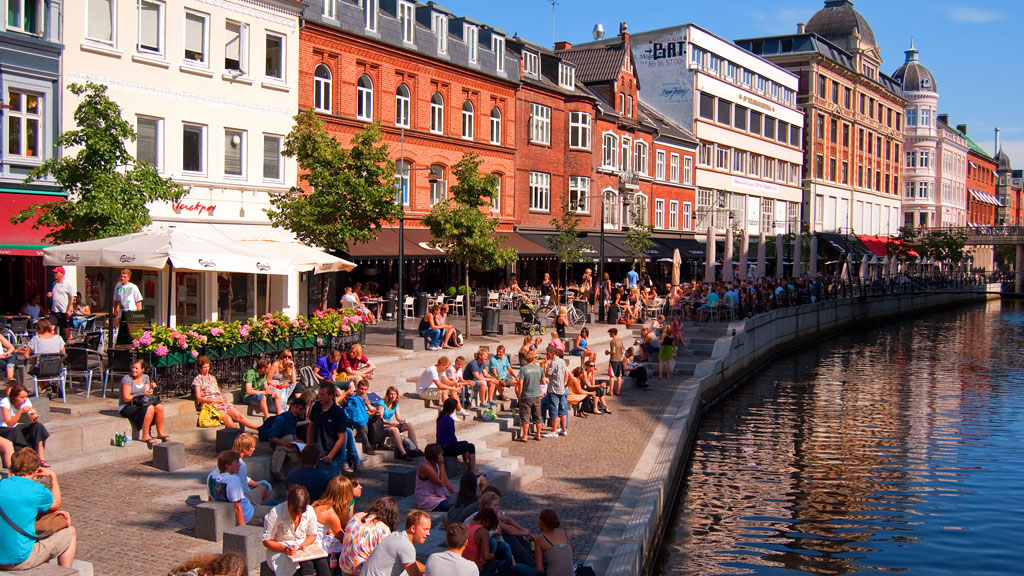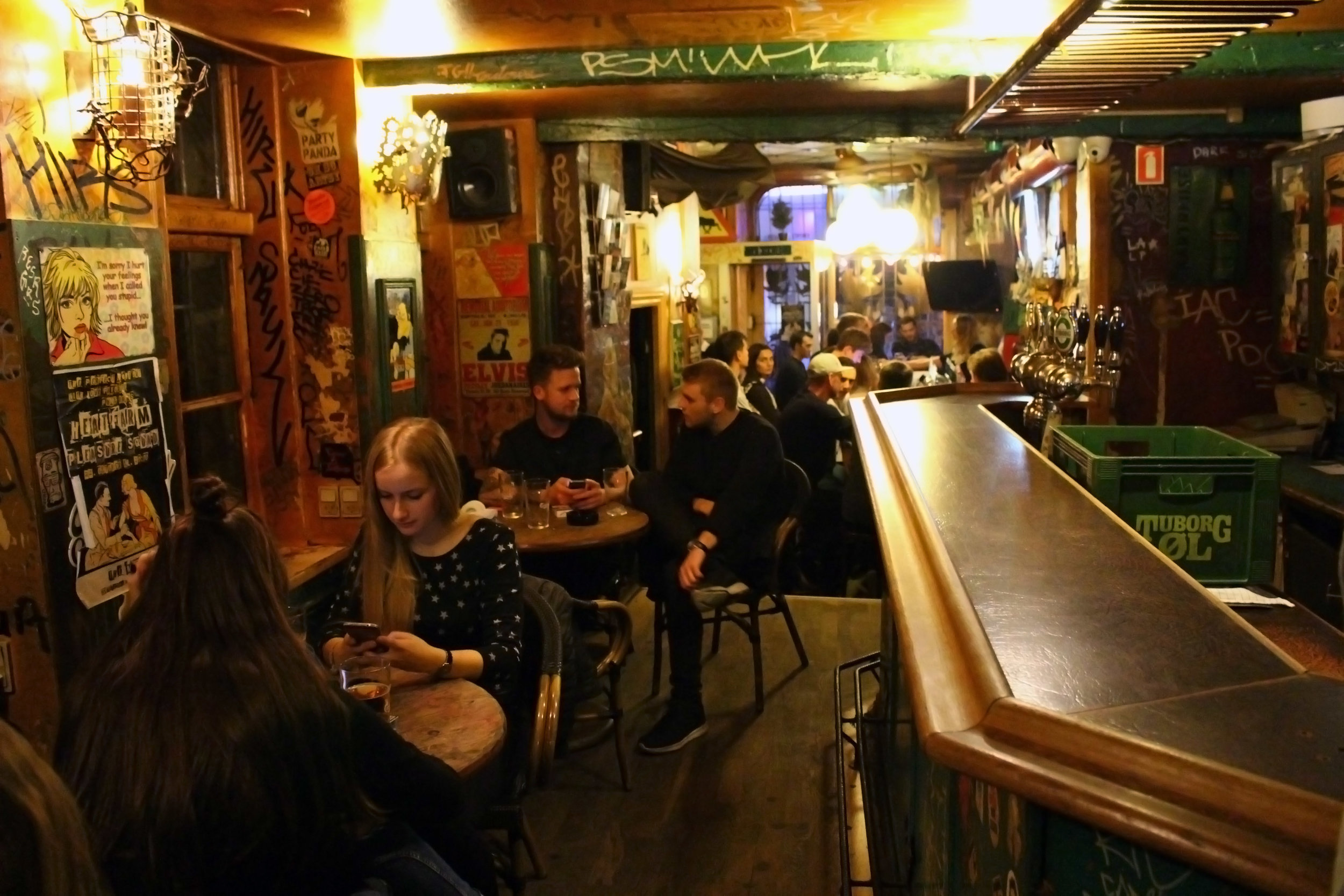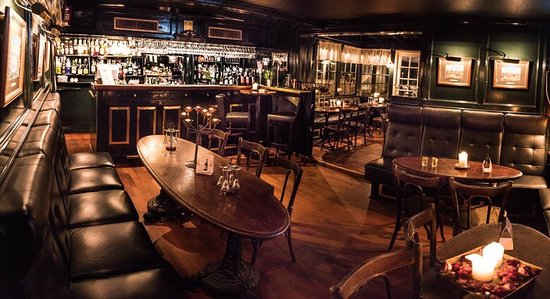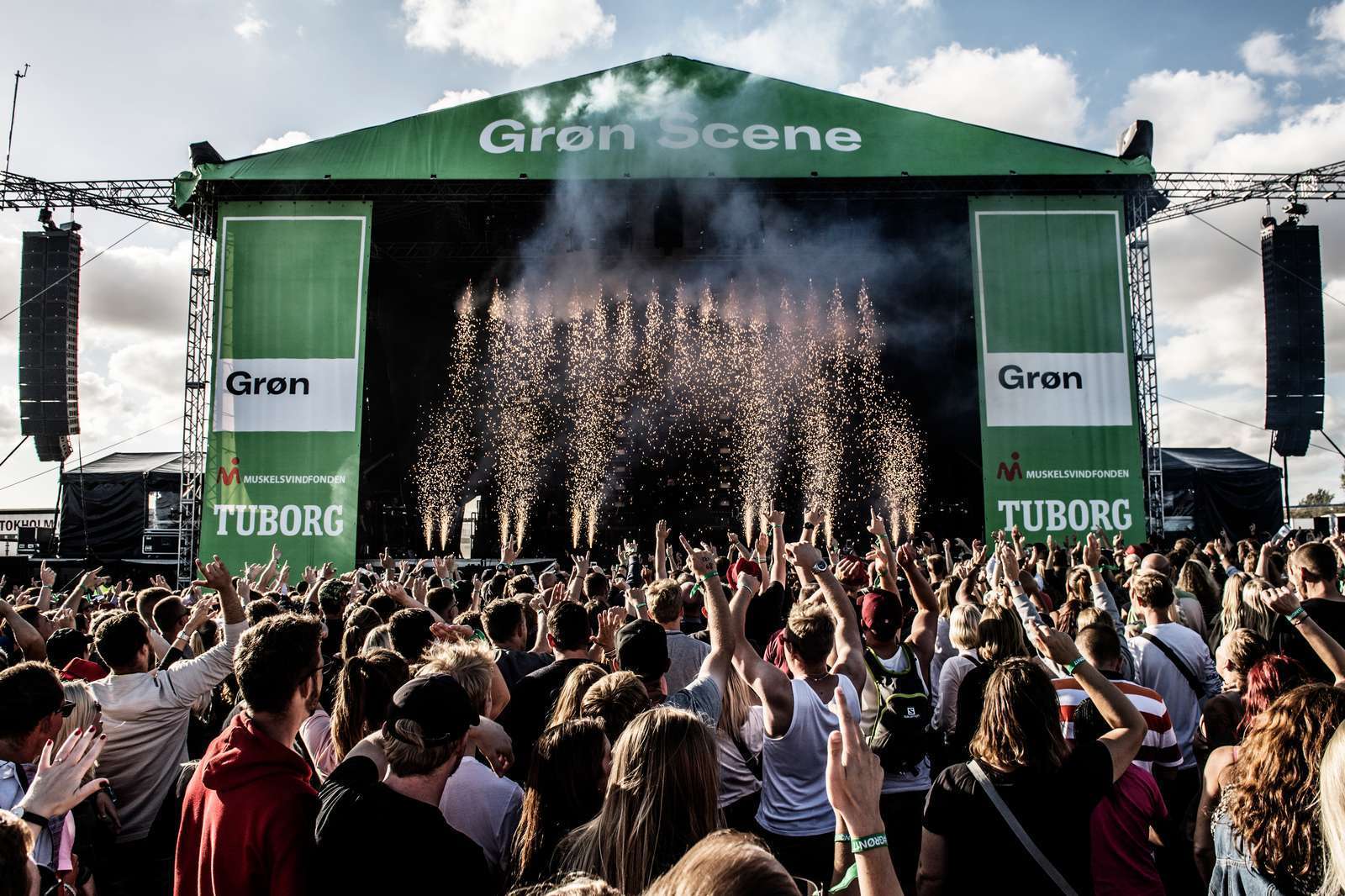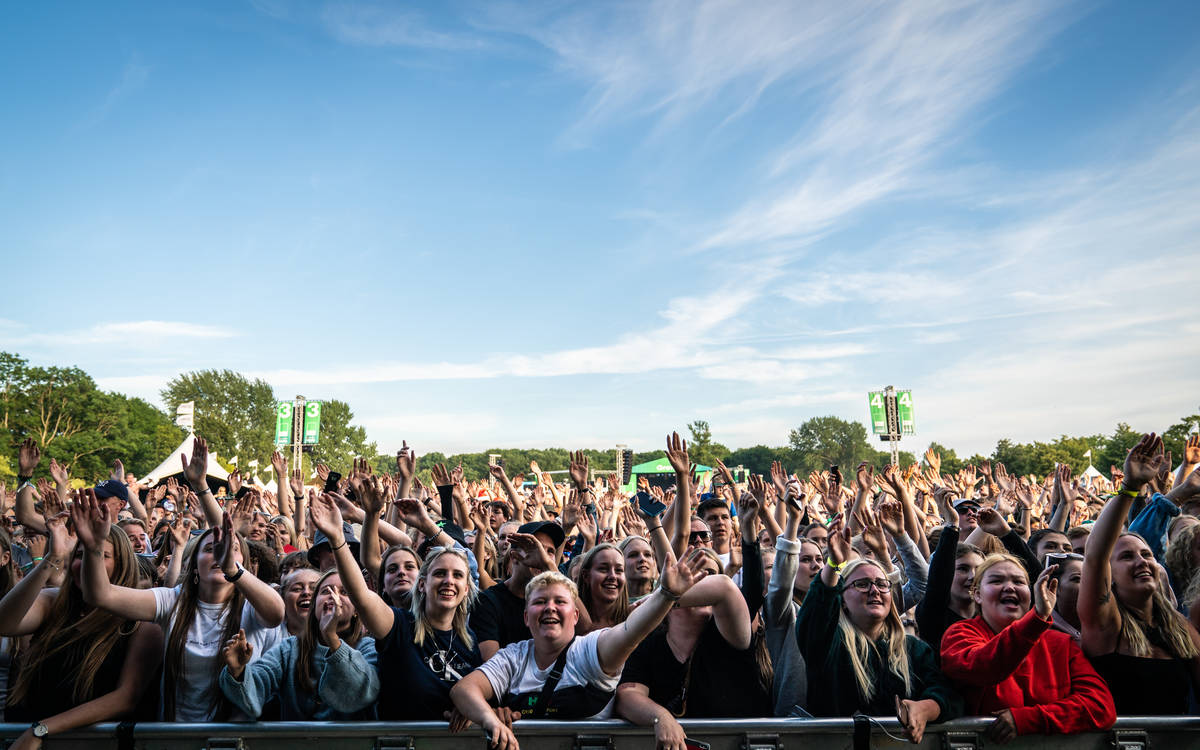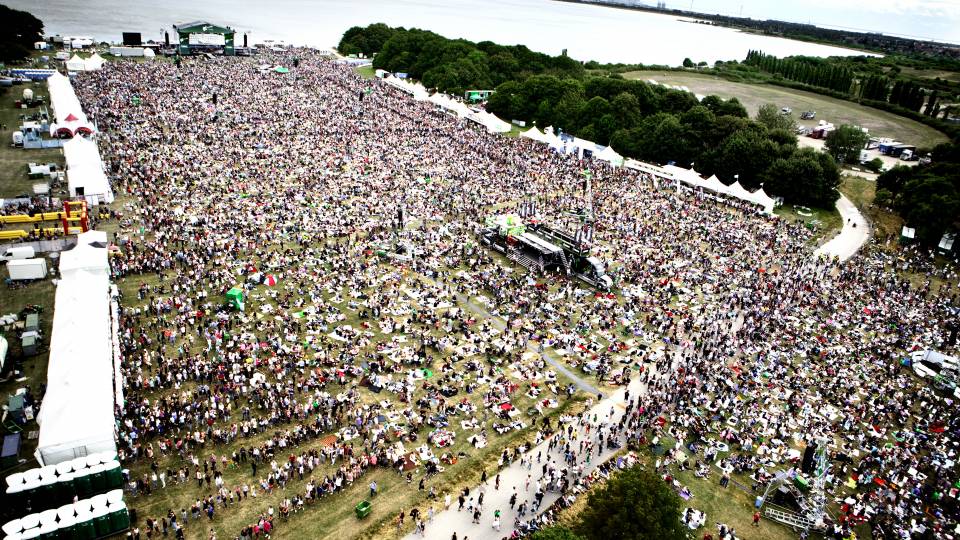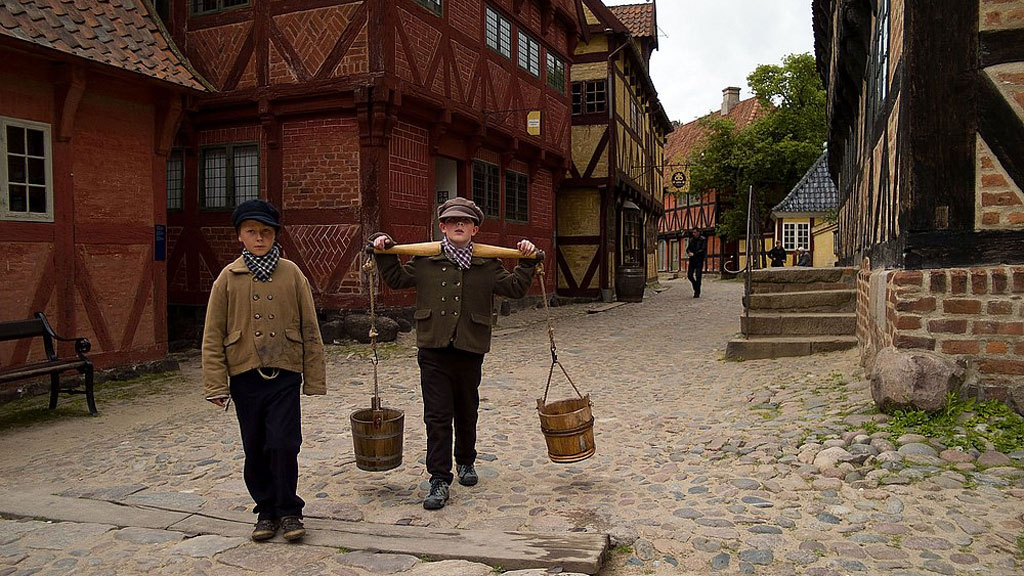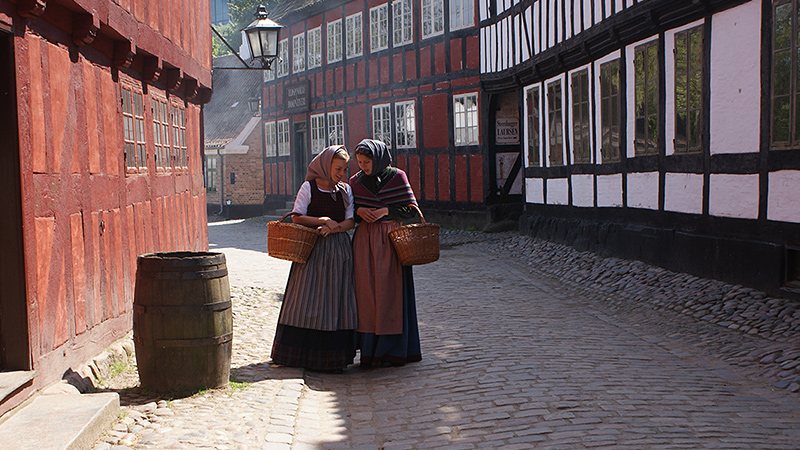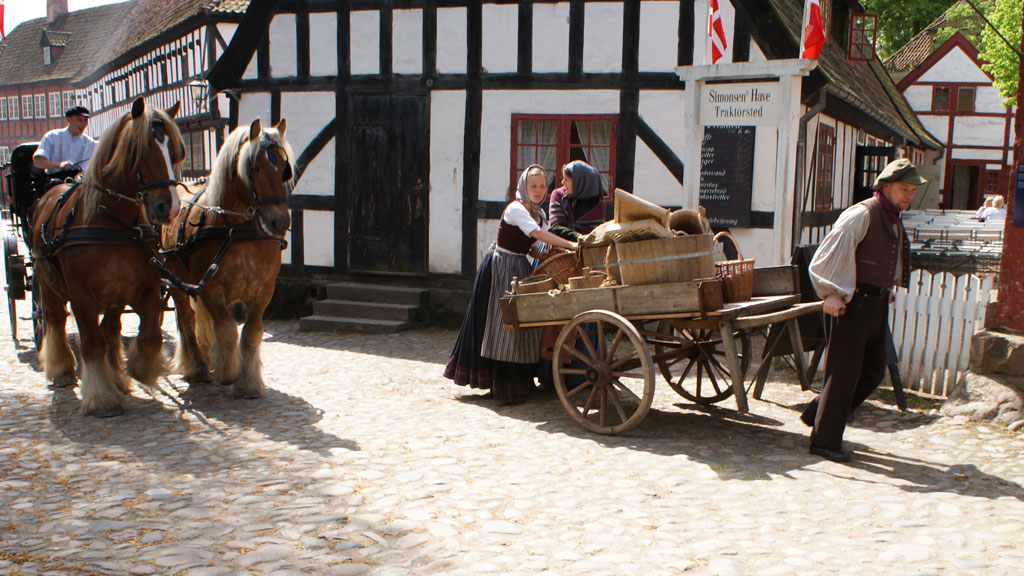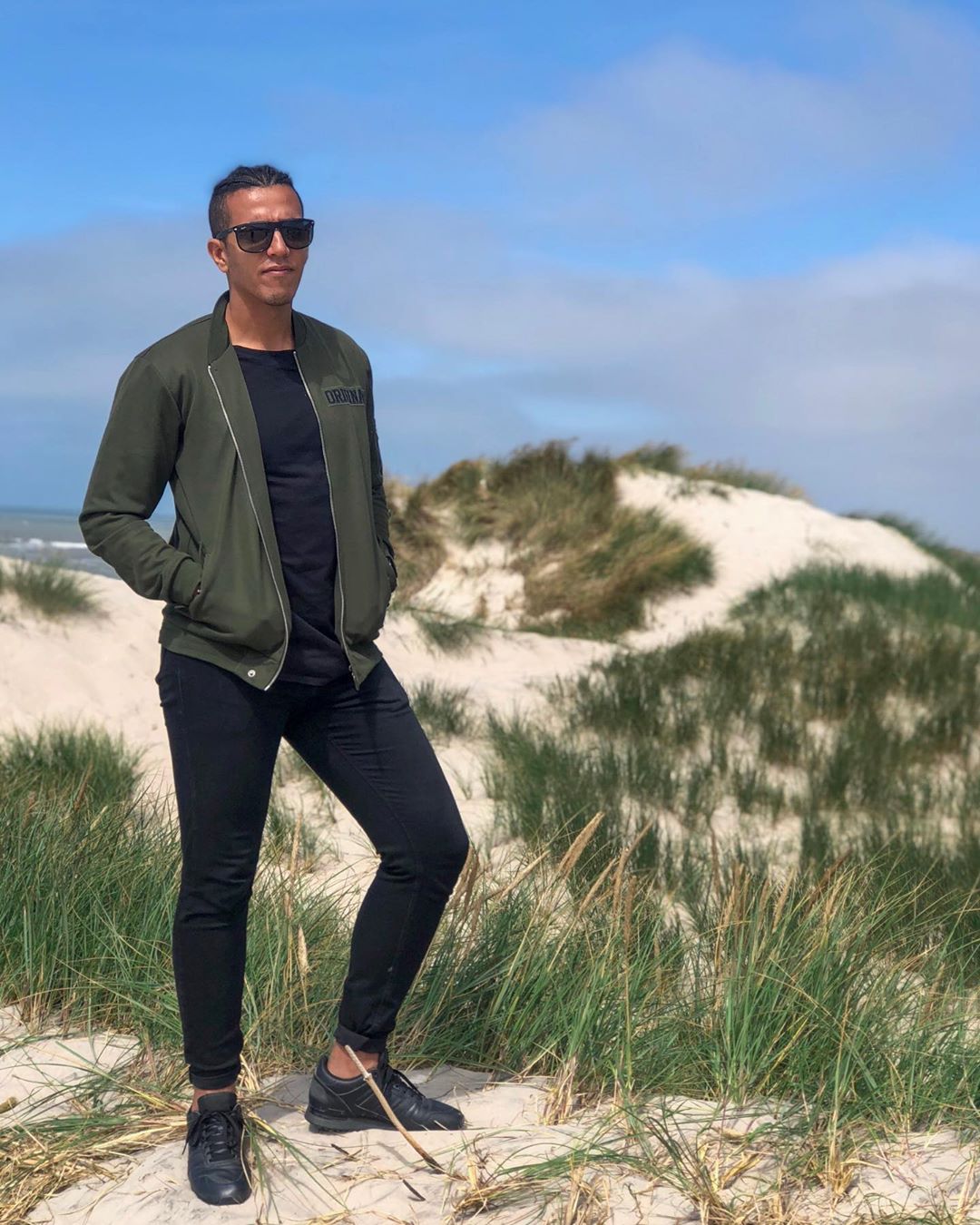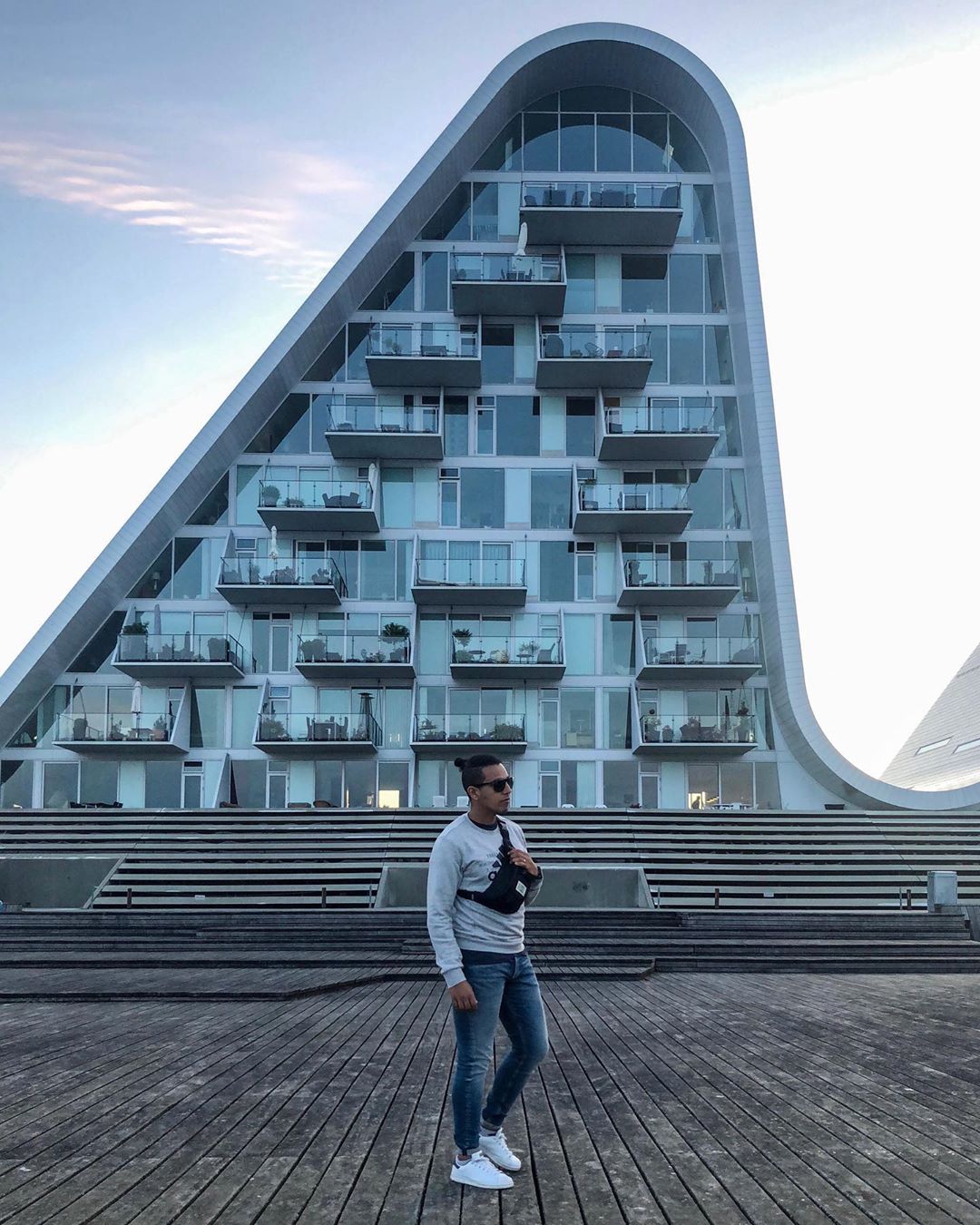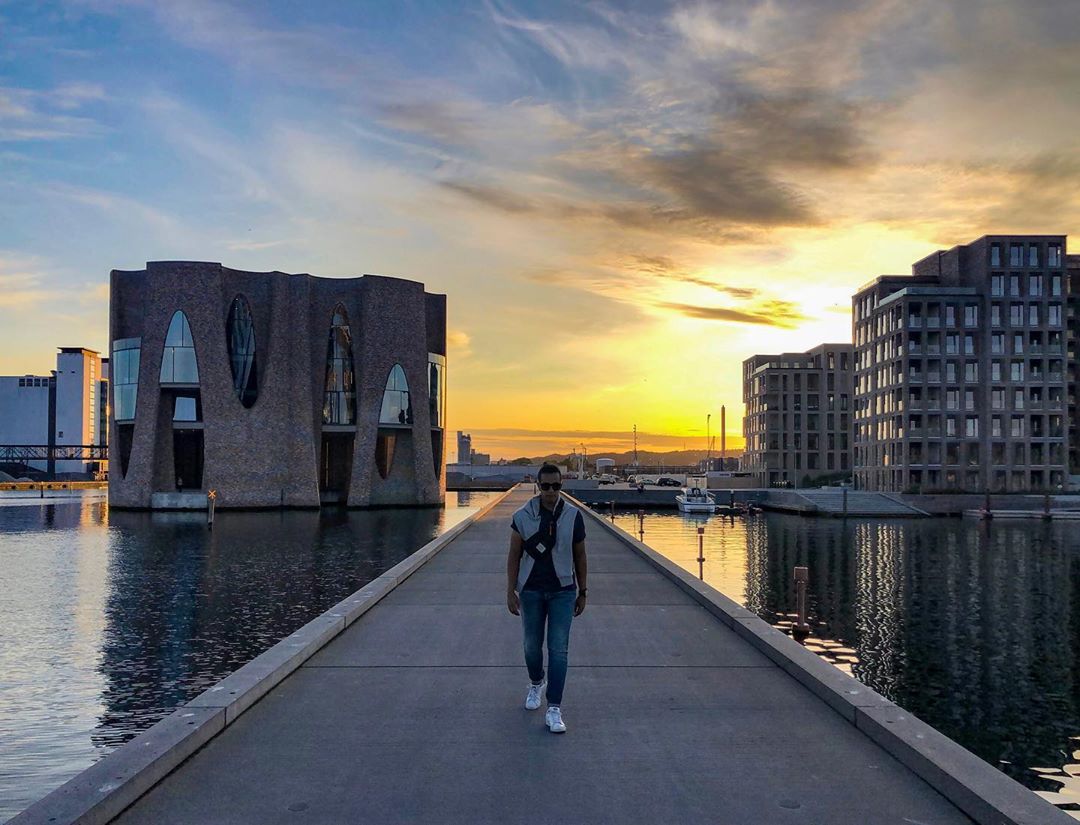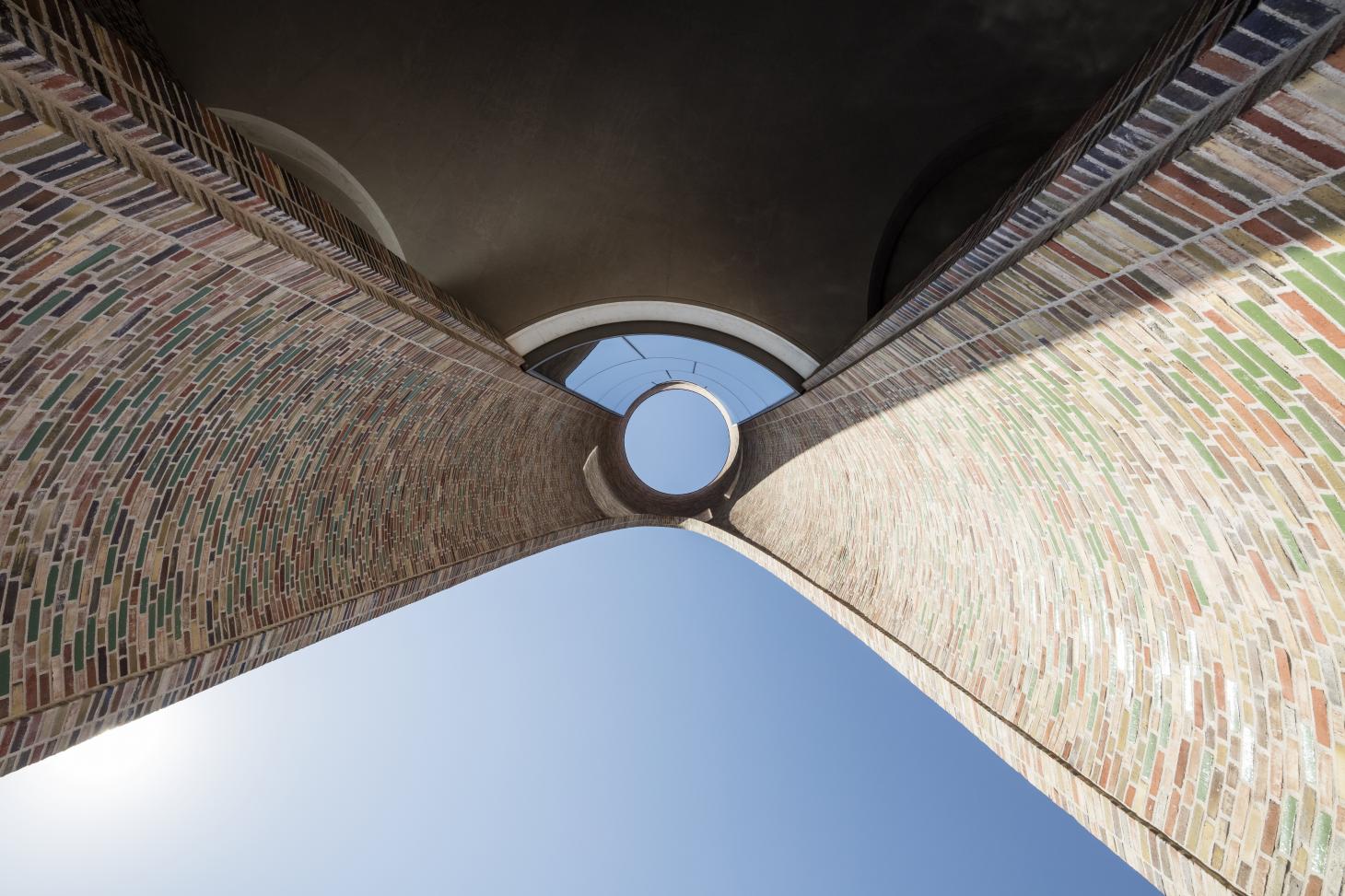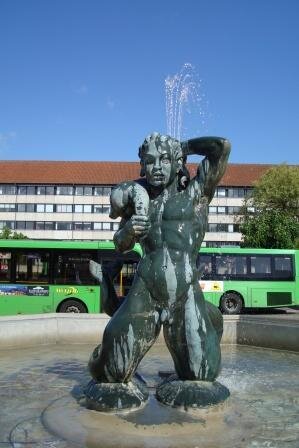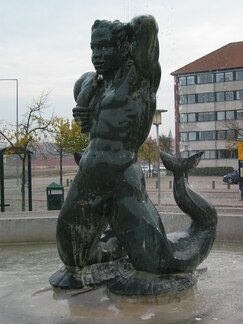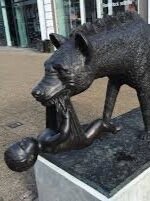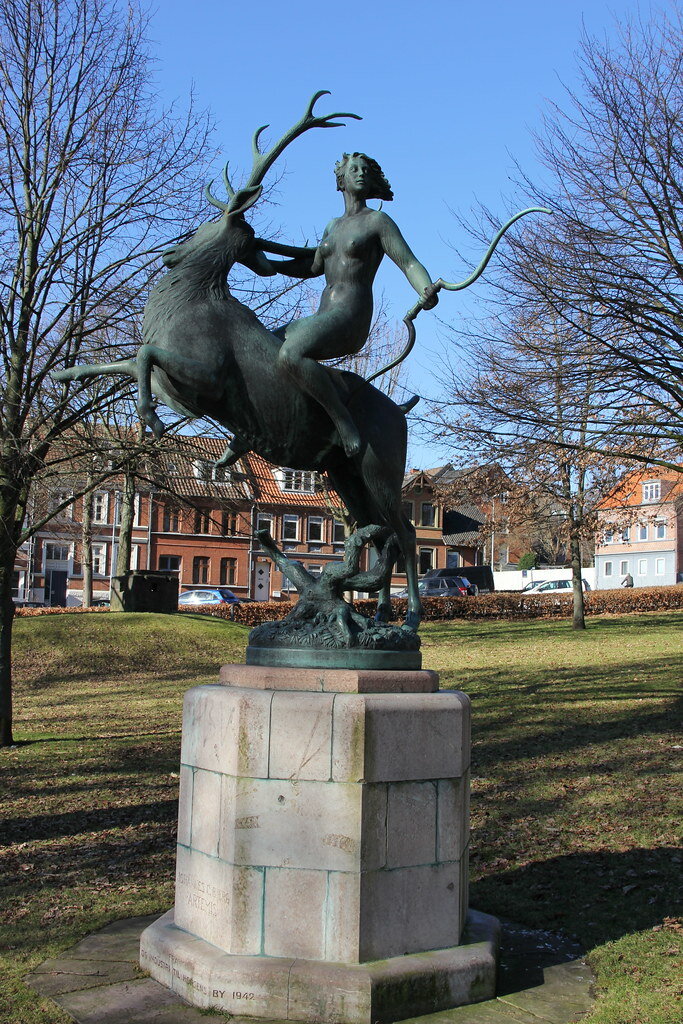JUTLAND: FOR THE FLAT EARTHERS
I apologize in advance for the click-bait toward the conspiracy theory aficionados of this world, as this is not a post about Flat Earth Theory. I just so happen to travel across one of the flattest pieces of land on the oblate spheroid planet. Jutland (Danish: Jylland) is a large peninsula stretching northwards towards Scandinavia. It is the only part of Denmark connected to the European continent, and hence sometimes know as mainland Denmark. But, most importantly, this is the region Anita is from… and it is F-L-A-T! Remember that comparison I made with Simba’s morning lesson? Well, it is even more true in this part of the Kingdom at an average of only 31 meters above sea level, it doesn’t get any flatter than this!
We have just spent the last three days in Copenhagen, located in Zealand. Thanks for the memories, KBH! We will see you again at the end of our vacation but first, it’s time to visit the in-laws. From the Copenhagen Hovenbanegården, we hopped on a three-hour train to Aarhus. We crossed Zealand, as well as Fyn thanks to the advanced bridge network that connects all four islands with the mainland. You won’t even feel the difference. I can only imagine how hard it was back then to commute from one island to the other by ferry. What a mess it must have been! Necessity is indeed the mother of invention.
Aarhus
Street Food and Bodega
After a very comfortable three-hour train ride, we finally reached Aarhus. Despite its municipal population of 340,421, Aarhus is still the second largest city in Denmark. Indeed, the capital city Copenhagen is the only city in Denmark with a population over 1 million inhabitants. With 5.8 million inhabitants in total, Denmark is mostly composed of small towns. It’s kind of nice to be back in a smaller town to make a change. Right outside the train station, Anita’s brother awaited us with his car, ready to bring us back to his apartment. We barely had time to freshen up and catch up that he suggested we went for street food before it closes. I am still trying to adapt to the very long days in Denmark, with the sun setting around 10:30pm in the summer. As a result, I completely lost track of time and didn’t realize it was almost 9:00pm. With the street food hall closing at 10:00pm, we’d better get moving if we want a chance to order anything to eat.
I remember when I first met Anita, she found it very strange that I always offered to share our two plates at the restaurant. While this behavior is normal in my family, Anita explains that it is not a custom in Denmark. In her words: “You eat what you order, and that’s it.” She also explained how difficult it was for her to adapt to the Asian way of sharing meals with small portions placed in the center of the table, available for all to dig in. Her words came back to mind when we regrouped at one of the picnic tables with our respective street food dishes. Everyone kept their eyes and forks in their own plate. Anita and I still picked in each other’s plate, now that we are used to acting so. In comparison, dinners in my family look like a game of shuffleboard. Hands moving from one end of the table to the other, releasing pieces in others’ plates in exchange of some of theirs. It’s quite funny when I think of it. To date, I have visited 36 countries, and yet, I am still amazed by the cultural differences between two regions of the world.
After dinner, the crew insisted on bringing me to a bodega on Vadestedet. Fun fact about this street is that only a few years ago, the canal was completely covered and cars could drive over the paved street. Today, it is a thriving area of the city, with many bars and restaurants where many could enjoy a cold beer under the sunset by flowing waters. As for the bodega, many would think from its name that it has something to do with a Hispanic grocery store, but in Denmark, the word has a completely different meaning. Indeed, it’s nothing other than an obscure tavern where drinkers can enjoy their fix starting at 8:00 in the morning.
Grøn Koncert 2019
Besides the family bonding, the main activity that brought us to Aarhus was the GRØN Koncert - an annual outdoor live music show sponsored by none other than the Tuborg Grøn beer. It’s far from being the best beer Tuborg has to offer. But then again, hence the sponsorship, I assume. This year, the event featured an all-Danish lineup. We were ready to go and enjoy the show... but first, let’s get a baby-size kebab in our bellies to make sure we don’t get hangry at the show. Without further due, we walked from the apartment to the train station to catch a shuttle bus. The concert venue was located outside the city on a plain field in the middle of nowhere. The never ending queue for the bus didn’t look promising. We would have waited, but countless people cutting in front of the line made it difficult to estimate how long it would take to get there. Anita then called her brother who offered to drive us there. Given how far in the outskirts of the city the venue was located, we were happy not to have waited in line on top of it all. At this pace, we would have probably missed the whole show. At the drop-off area, we still had to walk at least 1 km to reach the gate. It felt a bit like in Snatch when Doug The Head and Cousin Avi go to the non-licensed boxing match. I thought we’d never get there! We finally got to the “green” (pun intended). Luckily but not surprisingly, we were the first ones out of Anita’s crew to arrive. What better way to pass time than to get a pitcher of that Grøn stuff! A pitcher should be sufficient, I think (naively). Later during the day, we went back a few times back to the refilling station and brought batches of fruity cocktails that disappeared faster that the time it took to go and get them. Although, we survived the event without being trashed thanks to the kebab that inhibited the effects in our system.
The venue concept was a bit weird. There where two stages placed at both ends of the field. The show alternated between both stages at each artist. In theory, one would think how smart of a concept this is to reduce changeover time between artists. In reality, the crowd kept transitioning from one stage to the other. With us stuck in the middle, our rugs and beach towels were constantly stepped on by a mass of people who couldn’t care less. It was like orcs stomping on the Middle Earth. Nonetheless, we still had a great time and enjoyed the music from bands that a I’ve never heard of. Here is this year’s lineup:
Kato feat. Brandon Beal
SAVEUS
Alpha Beat
Kesi
Carpark North
ANNE SANNE LIS
Scarlet Pleasure
Dizzy Mizzy Lizzy
We didn’t let the rain disturb our plans, as all of us brought along rain jackets (Not my first rodeo, my friend!). Around 10:00pm, we headed back to the apartment by public bus. Turns out the shuttle bus to the show was not free after all. Therefore, we had to pay the way back. I thought it was strange that a shuttle bus was not provided by the concert organizers. I guess I am used to it from such events in Canada. Just before heading back to the apartment, we stopped once more the the very same kebab place for our second meal of the day in 12 hours. I know… gluttony. We hoped the guy who served us in the morning had finished his shift by then, but nope! Same guy making kebabs all day long. Our order was placed and kebabs in preparation. We paid and took our order. Right when we turned back to leave the restaurant, the guy asked: “Did I see you this morning?” Damn it! We almost got away without being publicly shamed for eating two kebabs in one day! I guess there are things in life that just can’t be avoided.
Den Gamle By
Den Gamle By, or “The Old Town” in English, is Aarhus’ open-air town museum created to commemorate its Viking settlement era. When entering Den Gamle By, you travel back in time to when the streets were covered with cobblestone and the buildings were made with half-timbering. Just as in a Danish market town in Hans Christian Andersen's day. In 1914, the museum opened as the world's first open-air museum of its kind, concentrating on town culture rather than village culture, and to this day it serves more than 400,000 visitors per year. Today the museum consists of 75 historical buildings collected from 20 townships in all parts of the country. The town itself is the main attraction but most buildings are open for visitors; rooms are either decorated in the original historical style or organized into larger exhibits of which there are 5 regular with varying themes. It would have been more enjoyable if the rain was not a major part of the day. I still learned a lot about the Danish culture, and particularly enjoyed the actors playing characters from the yesteryear.
vestjylland
Anita’s mother recently moved to the westernmost part of the peninsula. It was the first time for Anita to pay her a visit in that region. This part of our travel was of the most relaxing. We had reached the country side and here, everything goes in slow motion. We spent most of our stay unwinding in with a hot cup of coffee while contemplating the endless sunlight of the Nordic summer. Although, that’s not everything we did. We also visited the Ringkøbing Fjord - a lagoon that is 30 kilometers long and 2 to 3 meters deep. With the strong winds from the North Sea, it is the perfect location for kite surfers. To be honest, I have no idea how they do it. Not because kite surfing is an extremely difficult and technical sport, but more because of the ice cold water. Falling in such freezing waters… no thanks! We then went to the lyngvig fyr (lighthouse) by the beach, just on the other side of the long isthmus named Holmsland Dunes separating the fjord from the sea. Again, the weather made the beach unpractical in my opinion, but a handful of courageous souls were bathing as if it was Ibiza. After all, Danes grew up in that weather and it’s probably very normal for them to bathe in such conditions.
What better way to enjoy the beautiful countryside scenery than to grab a bicycle and pedal away under a blue sky. That’s exactly what we did, as we rode around between the potato fields with nothing to stare at but a handful of windmills. We had packed our lunch along with a beach towel and a Bluetooth speaker, and found the perfect spot to enjoy a picnic in the middle of nowhere. Since we live in Ho Chi Minh City, a huge megalopolis with not so many green areas, we try to enjoy these little treats whenever the occasion arises. With a Stjerneskud, breadrolls, a few fruits and a bottle os sparkling wine, how could it not be the perfect afternoon!
vejle
Bianca picked us up at the train station with her large third trimester belly and drove us home. Only a few minutes to settle in and Morten, Bianca’s partner, came back home from work. Morten works for the municipality, and is quite savvy in regards to the on-going and completed city planning projects in Vejle. We practically had a detailed guided tour of the grammables of Vejle. It was like having a live version of the local paper’s culture and art section. If you ever decide to get away from the capital to explore a bit more of an authentic look on Denmark, Vejle is the way to go with some of the most interesting pieces of architecture I’ve seen during my time in Jutland. It is quite the architectural wonder. In fact, Denmark is well-known around the world for their beautiful designs. However, it is quite uncommon for such a small municipality to host such stunning landmarks (in comparison with more important cities in size, such as Copenhagen and Aarhus).
Among the most impressive landmarks, I noted the Fjordenhus, a building created by world-renowned Danish-Icelandic artist Olafur Eliasson located in the harbour basin itself. The project was completed in 2018, making it the newest addition to Vejle’s skyline. Four brick cylinder shapes merge to form the organic main structure, while the ground floor of the building is a publicly accessible space that is an atmospheric void and a viewing platform for the fjord and the surrounding docklands.
Bølgen i Vejle (Danish "The Wave") is a modern residential building complex by the Skyttehus bay. It is inspired by the Sydney Opera House by Danish architect Jørn Utzon and the hilly landscape around Vejle Fjord. The building consists of five (5) waves of 20 individual homes each. The size of each unit go from 97 to 198 m² and a two-storey penthouse of 255 m². The living quarters are raised 3 meters above the harbor promenade. Eahc unit promises a view without insight and privacy with lots of living space. Modern, iconic, beautiful… but, oh, so expensive! At this time, there are only two (2) units available for purchase in the artwork. The last two-storey penthouse available (238 m² net area) is listed at 13,595,000 DKK (around 2 million USD). If you are currently contemplating the option of purchasing this unit, perhaps we should discuss better ways of investing your money.
horsens
We finally made it to Horsens, where Anita is from. The official visit started with a lunch at her grandmothers, which placed us both in a serious food coma. Although, we still found time to walk around and see where Anita spent most of her life. She made sure to show me where was located her last apartment building before moving to Vietnam, her business college where she studied right before taking on her undergraduate studies, the old town, and the beautiful and very peaceful Bygholm Park. For some reason, Anita also felt it was important to show me her favorite hot dog stand (a very important element of Demanrk’s culture… evidently), and a very strange statue of a merman kneeling on two seashells, and holding fishes over their shoulders. Very strange if you ask me… it’s probably in the Top 5 weirdest statues I’ve ever seen in my life. The full frontal naked statue taking the pose of Magic Mike is meant to be a representation of the mythic Triton. Not sure what is Triton’s connection to Horsens either. There’s no such thing as bad publicity! While walking around town, I came to notice that there is more than just one weird statue. Weirdness is indeed a theme for the town’s street art culture.
We seem to have moved around a lot during our two-week vacation in Denmark, but I assure you we rested plenty. Denmark is so small and so well connected with trains and buses that one can cross the entire country in about four (4) hours. Although it looked like we have been in all corners of Denmark, most of the towns we have been to are only at an hour train ride from each other. Denmark was everything I expected and even more. I expected a very green and peaceful landscape. What surprised me was how nice the people were, and how forward-thinking the architecture was. Added to that the best tour guide one could possibly ask for, and the hospitality of a mother (Anita’s mother). Hard to beat! We will see you soon, Denmark, now that you are part of my life and will hopefully remain.

